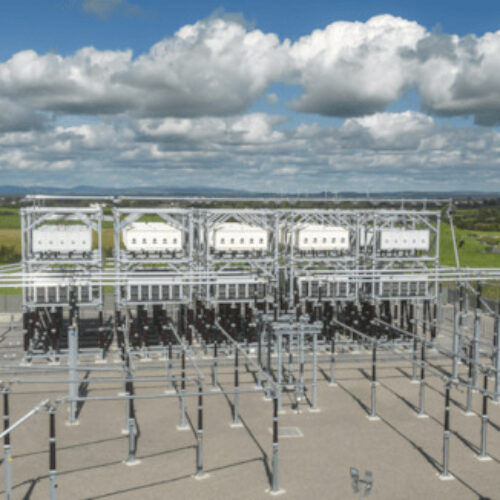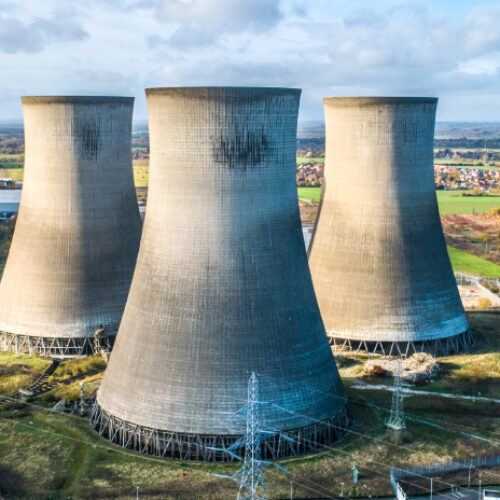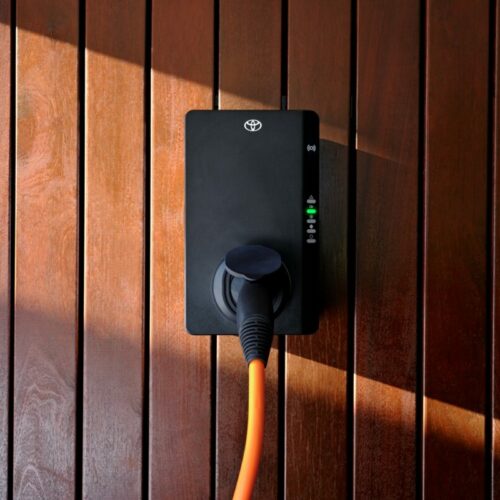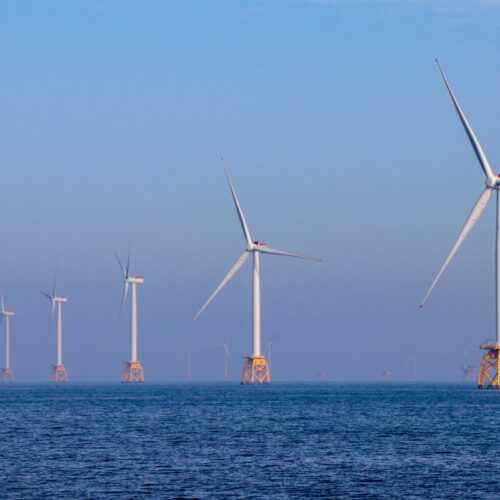The Department for Energy Security and Net Zero (DESNZ) has confirmed the launch of the Clean Heat Market Mechanism requiring heat pump installations to make up a 4% equivalent of manufacturer gas boiler sales.
DESNZ confirmed the scheme would launch in April 2024, in its response to the Clean Heat Market Mechanism Consultation published yesterday (30 November).
In the first year of the scheme (April 2024 to March 2025) manufacturers’ heat pump sales must be equivalent to 4% of their fossil-fuel boiler sales that year. This requirement will increase to 6% in the Mechanism’s second year.
These targets come from Option 1 within the consultation and are lower than Option 2 which suggested a 5.5% target for year one, rising to 8% in year two.
“We take the view that this approach provides more opportunity for the market to adjust to the scheme’s introduction, with the somewhat higher growth rates required in later scheme years supported by developments in wider policy and market conditions,” said DESNZ within the consultation response.
Heat pump credits
Tradable heat pump credits will be earned by manufacturers for each qualifying domestic hydronic heat pump installed, if certified under an appropriate certification scheme such as the Microgeneration Certification Scheme (MCS). The installation of hybrid heat pumps will earn half of a credit.
All manufacturers will have a heat pump credit quota to achieve by the end of the year, but they will be able to carry forward a share of an unmet target to make up in the next year. This carriable share will be increased from 25% to 35%.
“We will also not apply any ‘multiplier’ to any target amount carried forward for at least the first two years of the scheme. This will allow obligated parties greater flexibility in how they build up heat pump installations and credit balances over time,” wrote DESNZ.
The number of surplus heat pump credits that can be carried over from one year of the scheme into the next, on the other hand, was reduced from 25% to 10%. According to DESNZ, this is to boost the supply of credits available for acquisition in-year, reducing costs and increasing available options for obligated manufacturers.
Manufacturers will also be able to trade heat pump credits with companies holding fewer.
DESNZ also decreased the payment-in-lieu required for missing credits at the end of the credit-trading period, from the initially suggested £5,000 per missing credit to £3,000.
“We believe that for these initial years of the scheme and these credit target levels, this level of payment ought to still provide sufficient disincentive to provide confidence across the market that investment will be made in expanding heat pump deployment and meeting targets, rather than making payments-in-lieu,” wrote DESNZ.
“We will review the development of the market over time and assess whether there is a case for this payment level to be adjusted for later years of the scheme.”





